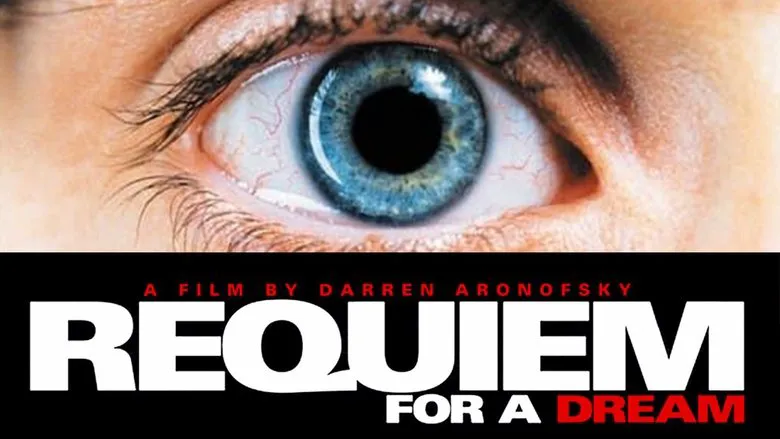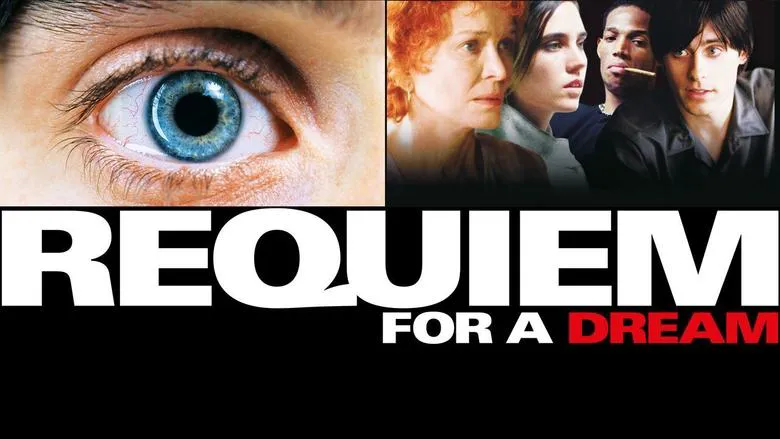Requiem for a Dream: A Descent into Darkness

Sarah Goldfarb, an aging widow from the outskirts of New York, spends her days with friends or glued to the TV, watching the quintessential American show: “I Made It, and You Can Too!” The show promises transformation – quit drinking, become a TV star, build muscles, date a celebrity, kick a drug habit, etc. Sarah dreams of appearing on this stage of miracles with her son, before the eyes of all America. One day, she receives a call from the TV station, informing her that she’s been invited to be on the show. Determined to lose weight, Sarah consults a doctor who prescribes weight-loss pills. These pills burn fat but warp her mind. The more she loses weight, the more delusional she becomes, and the more horrifying her transformation. Ellen Burstyn’s performance (nominated for a 2001 Oscar for Best Actress) makes Sarah’s descent into madness disturbingly believable. The director’s manipulation of the visuals intensifies the effect. Burstyn holds nothing back, and neither does the director, forcing the audience to witness the unfolding tragedy.

The Son’s Addiction
Meanwhile, Sarah’s son, Harry, a long-time drug addict, and his friend Tyrone, fantasize about getting rich selling drugs. But their situation worsens. Harry’s girlfriend, Marion, can no longer afford her fix and is forced to perform sexual acts for a dose.

A Bleak Conclusion
In the film’s final act, Sarah is committed to a mental institution and subjected to electroshock therapy. Harry and Tyrone, driven by withdrawal, travel to Miami in search of drugs, lured by rumors of easy access. Ultimately, Sarah leaves the clinic in worse condition than before. Harry ends up in the hospital with gangrene from injecting drugs. Tyrone is imprisoned, and Marion is forced to satisfy multiple abusers.

A Critique of Aronofsky’s Vision
There’s no denying that Darren Aronofsky is a talented director, but this film is relentlessly bleak. The material he presents is so dark that it resists any form of artistic redemption. While it’s true that people often indulge in daydreams and self-medicate to escape inner emptiness, it’s questionable whether this trite observation justifies making this film. Furthermore, it’s hard to imagine finding enough viewers willing to endure this oppressive narrative about the harmful effects of dreams and heroin.